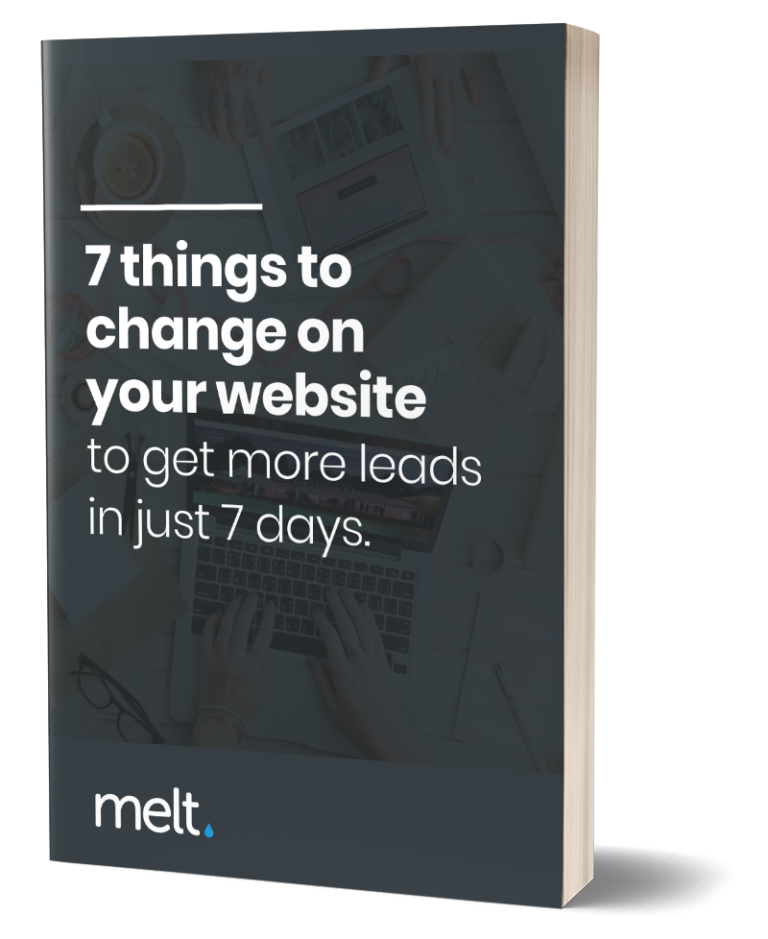‘Content is King’ has never been truer than in today’s online marketplace. In essence, that is because the king-makers themselves, Google, have decided to favour quality content over artificially manipulated SEO. It has always been true that readers prefer more readable and creative articles, but they have traditionally lost out to technical know-how.
Now that the search engines are looking for the right thing, it is much easier for you to build an engaged following of people that might be ‘genuinely’ interested in what you do. But you still need to do some work behind the scenes to optimise the return on your investment in researching and writing your blog. Alongside educating and building trust with your readers, the primary marketing function of a business blog should be to capture data.
So, here are five of the most important things that will help you build an engaged list from your blog:
1. Actually write content that your audience wants to read
This is a mistake I see so many businesses doing, I’ve even been guilty of this myself in the past too. They write blog content they want people to read rather than writing content people actually want to read.
Do you think anyone really cares about the launch of your new website or your latest partnership with x company. Sadly not many people do.
But HOW do you find out what your audience want?
A little time effort and research.
- Look at sites and blogs you’re loyal to and go back to regularly. Ask yourself why. What value do you get from them?
- Do they make you happy or do you get great education from them.
- Find what people are actually engaging with.
There is a cool little tool called http://buzzsumo.com/
It allows you to search for keywords and subjects relevant to you.

Discover where your website is holding you back with a free, personalized audit report. Uncover what's keeping your site from reaching its full potential and start taking action today!
So in the screenshot below I’ve searched for website conversions
This will display the posts online getting the most amount of shares and likes.
If people are liking these subjects, it’s a good idea to write similar content. It shows they are actually interested in this and are willing to share it.
The second step to discovering what people like – put some content out.
Each market will have a preferred type of content they like to consume. This may be in-depth “how to” articles, quick education videos, webinars, or short sharp to the point blog posts.
Once you have some content up and out on the big wide web – look at your analytics for traffic, shares, comments, downloads to see what is being like by your audience.
2. Consistency is key
If you are serious about using content as a marketing strategy, you have to commit to producing at least 50 separate posts. And then promoting these posts a lot.
You will produce some killer posts that get tons of shares and really resonate with your audience and other posts that do nothing, duds.
But without producing the content you won’t know what works and what doesn’t.
Content Marketing is a long game that will build sustainable – evergreen content.
Think of it this way, every post you write and share will help build links back to your site, bringing you a little more traffic and a few new sign-ups. This will have a compound effect that will build and build the more content you put out.
If you can’t commit to writing at least 25 posts, I would advise you not to start a blog.
3: Use ‘calls to action’ and ‘data capture’
Imagine you have spent hours writing the most entertaining, interesting and informative blog ever. It will have inspired, attracted and motivated your readers to take action that could make a massive impact in their lives. There is every chance that they might call you simply because you were the voice behind the post. But what if you had placed a ‘call to action’ on the page, next to the blog? Surely that would increase the opportunity?
It could be as simple as asking them to leave a comment, apply for a special offer, download an e-book, or enter the draw for a free 1 to 1. All you need in return would be their email address and suddenly you are building your list.
Please remember that words like ‘subscribe’ or ‘sign-up’ for our newsletter DON’T WORK anymore. So please get them off of your website without delay.
4. Publish at optimum viewing times
As with every aspect of your marketing, you need to know your audience inside out. That starts with information about what motivates them to buy, the things they fear or desire and how they currently feed those needs. If you know your audience, then you should also be able to work out when is the optimum time to send out your messages. Not everyone wakes, works or sleeps at the same time.
Tools like Google Analytics and Blogger provide intelligent data to determine this, as well other useful information like geographical location and how they found your site. You should measure and test different times to see when you get the best open/read rates. Careful attention to the results will increase both your web traffic and conversion rates.
Just like your customers, you will have good and bad times that best fit your ability to post new articles. There is a whole host of tools available to help you schedule when you post, the social media that you use to support it, and the way that you capture the data. These can save you loads of time.
5. Spend time writing the perfect headline
I’ve spoken many times about the power of crafting powerful headlines (and the internet is full of advice in this area too). That’s because the importance of your headline cannot be overstated. It matters on several levels. Firstly, while Google has developed ways of assessing the quality of the article, it still needs to know what it is actually about. So using a relevant keyword in the title is always a good idea. Secondly, but no less important, the first thing that your reader will see is the headline, and this will determine if they read any further.
So here are a few principles to use when writing the perfect headline for your blog articles:
- Include your main keyword: Headlines are given high status on the page by search engines, so should contain at least one keyword which explains what the post is about.
- Be as brief as possible: Give them just enough to generate curiosity, interest or any other attention-grabbing emotion. Don’t bore them before you’ve even started. If you can get them to read the headline they will usually give the article more time.
- Be original: The more unique your headline, the more it will grab the attention of your reader and keep them reading.
- Use numbers and lists: Don’t do it every time (as it is becoming more commonplace) but titles like “7 reasons to…” appeal to the time-poor, text scanner in all of us.
- Ask questions: Questions in headlines are proven to raise engagement, encourage people to feel involved and help people see that the article is relevant to them.
- Use emotion: If you can tune into your readers emotional attachment to their wants and needs then you have cracked it! You will have hit the jackpot and found the key to unlocking the superhighway of web traffic.
Thanks for reading, Matt
The Big Blogger
- Why not share your top tips for writing a blog post that converts? Share your thoughts here or drop me an email.

